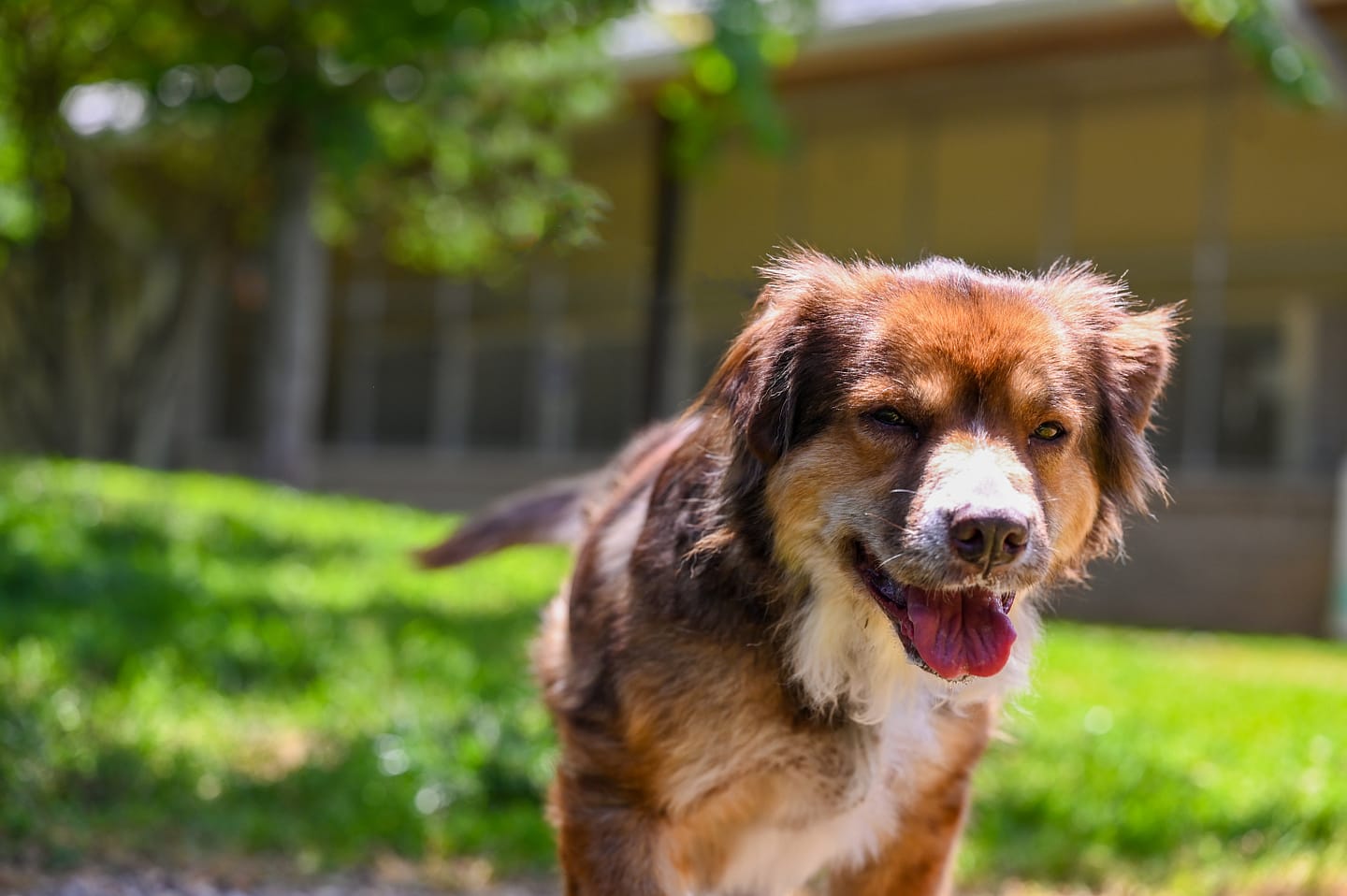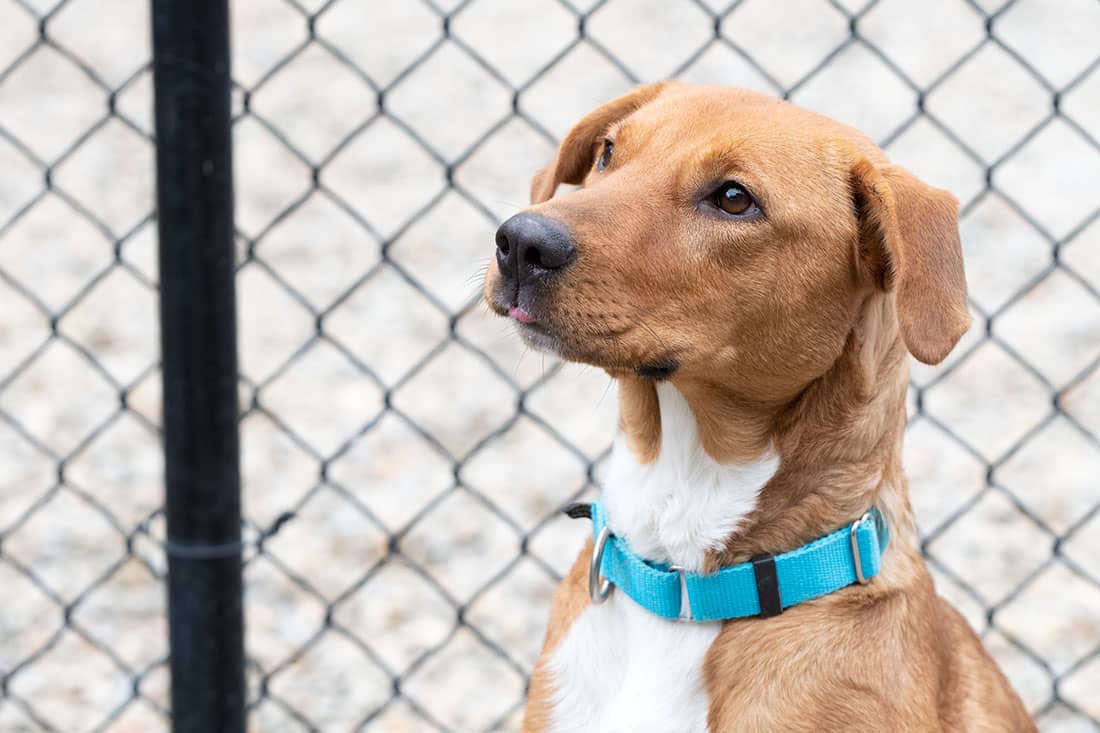Essential Tips for Successful Dog Training: A Guide for Family Pet Owners
Reliable canine training is a diverse procedure that needs a critical technique customized to both the pet dog's character and the owner's objectives. Key components such as developing regular commands, employing positive support, and facilitating early socializing play vital roles in fostering a well-adjusted canine buddy. Nonetheless, several pet dog proprietors run into obstacles that can impede progress, resulting in stress and unpredictability. Understanding just how to browse these challenges can substantially enhance the training experience, inevitably changing the connection in between owner and canine. What are the vital techniques that can be employed to guarantee success in this undertaking?
Comprehending Dog Actions
Recognizing pet behavior is vital for reliable training and cultivating a harmonious relationship between dogs and their proprietors. dog training. Canines communicate mostly with body language, articulations, and activities, making it crucial for owners to interpret these signals precisely.

Socialization plays a substantial role in canine behavior; direct exposure to numerous settings, individuals, and other animals can considerably affect a dog's temperament. Furthermore, factors such as breed features and specific personality need to lead training approaches, as some types may have certain behavioral characteristics that necessitate customized strategies. By comprehending these components, owners can develop a helpful setting that motivates positive habits, resulting in successful training outcomes and a deeper bond with their pet dogs.
Developing Constant Commands
Effective communication with your pet dog begins with developing consistent commands. This fundamental aspect of training is critical for fostering understanding in between you and your pet. Consistency in the commands you utilize makes certain that your pet dog can reliably connect specific words or phrases with the desired habits.
When choosing commands, select clear, distinctive words that are simple to set apart and say from one another. Avoid using similar-sounding commands that might puzzle your canine. Making use of "sit" and "stay" is proper, yet "rest" and "struck" could lead to misunderstandings.
Furthermore, keep the same tone and volume for each and every command. Dogs are delicate to vocal signs, so varying your tone can create complication.
It is similarly vital to guarantee that all household participants get on the very same page regarding the commands made use of. A united front in command use will avoid mixed signals and enhance the learning procedure.
Positive Reinforcement Techniques
The power of favorable reinforcement in canine training lies in its ability to urge wanted actions with benefits and appreciation. This strategy is grounded in the concept that behaviors followed by favorable end results are more probable to be repeated. By integrating favorable support into your training routine, you can effectively shape your pet dog's actions in a useful manner.
To carry out positive support, it's vital to determine what inspires your dog, whether it be treats, playthings, or verbal appreciation. When your dog does a desired activity, such as resting on command, promptly reward them with a reward or affection. This organization between the command and the favorable end result enhances their understanding.
It's essential to timing the incentives correctly; providing the support within seconds of the preferred actions helps your canine make the link (dog training). Additionally, uniformity is key-- ensure that all member of the family utilize the same commands and incentive systems to avoid complication

Gradually, you can reduce the regularity of deals with as your pet dog finds out the behavior, transitioning to praise or recurring benefits. This technique not just fosters a strong bond between you and your pet dog but additionally promotes a positive understanding environment, making educating a satisfying experience for both.
Socialization and Communication
Consistently exposing your pet dog to a selection of settings, people, and other animals is critical for their social development. Socialization must start early, preferably throughout the critical window of 3 to 14 weeks, when young puppies are most responsive to new experiences. Older pets can also benefit from continuous socialization efforts.
Present your pet to various settings, such as parks, pet-friendly stores, and urban areas. This direct exposure aids them adjust to numerous stimulations, reducing stress and anxiety and anxiety reactions. Motivate positive communications with various other pet dogs and people, making certain that these experiences are risk-free and regulated to foster confidence.
Utilize structured playdates with courteous canines, as this can improve your canine's social skills and instruct them appropriate behavior. Obedience courses and training sessions also provide exceptional opportunities for socializing, enabling your dog to engage with others in a monitored atmosphere.
Display your canine's body movement during communications, as this will assist you gauge their convenience level. Progressively boost exposure look what i found to even more difficult situations while guaranteeing that each experience declares. A well-socialized pet is more probable to display balanced actions, making them a delight to have in Read Full Report any setting.
Dealing With Typical Training Difficulties
Every pet dog proprietor will certainly come across training difficulties eventually, no matter of their pet dog's age or socialization degree. Recognizing usual issues such as stubbornness, distractions, and fearfulness can aid in establishing reliable methods for renovation.

Progressively introduce diversions as the pet dog ends up being much more competent in commands. Short, regular training sessions are additionally reliable in preserving focus.
Terror can prevent a dog's discovering procedure. Gradual desensitization to the source of worry, coupled with positive reinforcement, can aid ease anxiety. Persistence is vital; never ever compel a dog right into a circumstance that triggers distress, as this may worsen the concern.
Inevitably, understanding and addressing these usual challenges with a structured method will cultivate a much more effective training experience, enhancing the bond in between pet dog and owner while promoting reliable discovering.
Verdict
In summary, effective pet dog training relies upon an extensive understanding of canine behavior, the facility of consistent commands, and the application of favorable support methods. Socializing plays a vital role in establishing well-adjusted pets, while resolving typical training obstacles needs perseverance and versatility. By implementing these necessary techniques, pet proprietors can foster a solid bond with their pet click site dogs and advertise preferable behaviors, inevitably causing a harmonious connection between human beings and their canine friends.
Comprehending dog habits is essential for effective training and fostering an unified connection between pooches and their owners.Socializing plays a significant function in pet behavior; exposure to numerous settings, people, and various other pets can dramatically impact a canine's character.The power of favorable reinforcement in dog training lies in its ability to motivate wanted behaviors with benefits and appreciation. By including favorable support right into your training routine, you can effectively shape your canine's habits in a useful way.
In recap, successful pet dog training counts on an extensive understanding of canine actions, the facility of constant commands, and the application of favorable reinforcement methods.